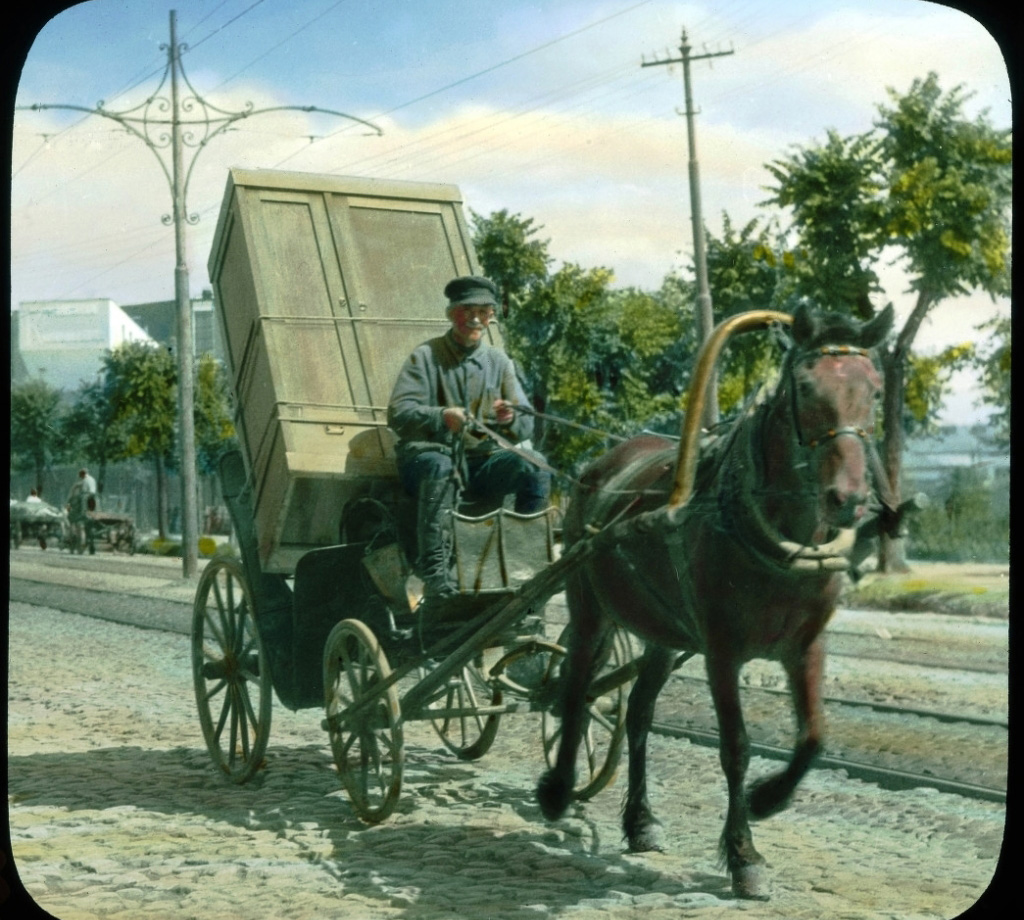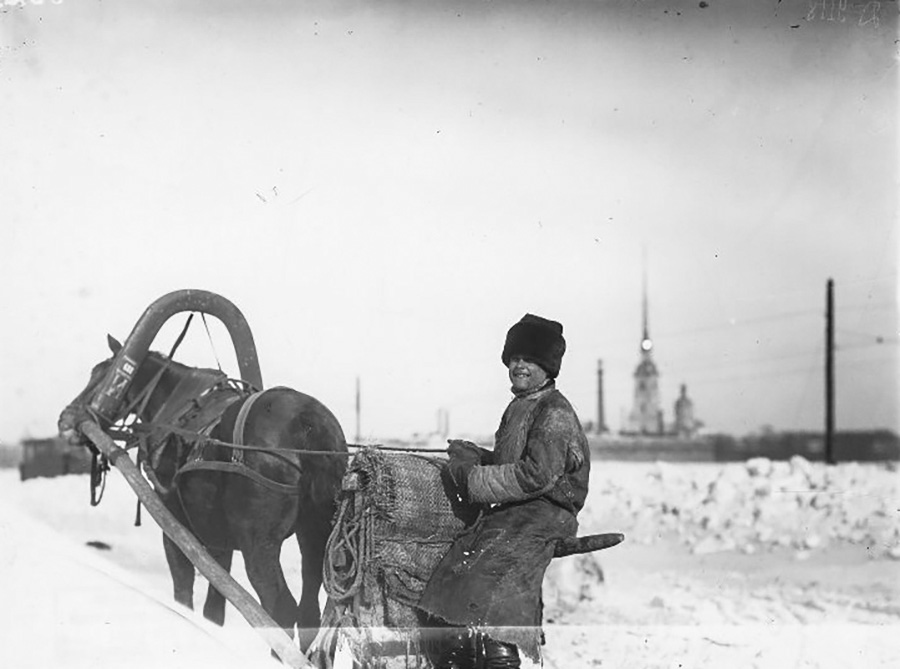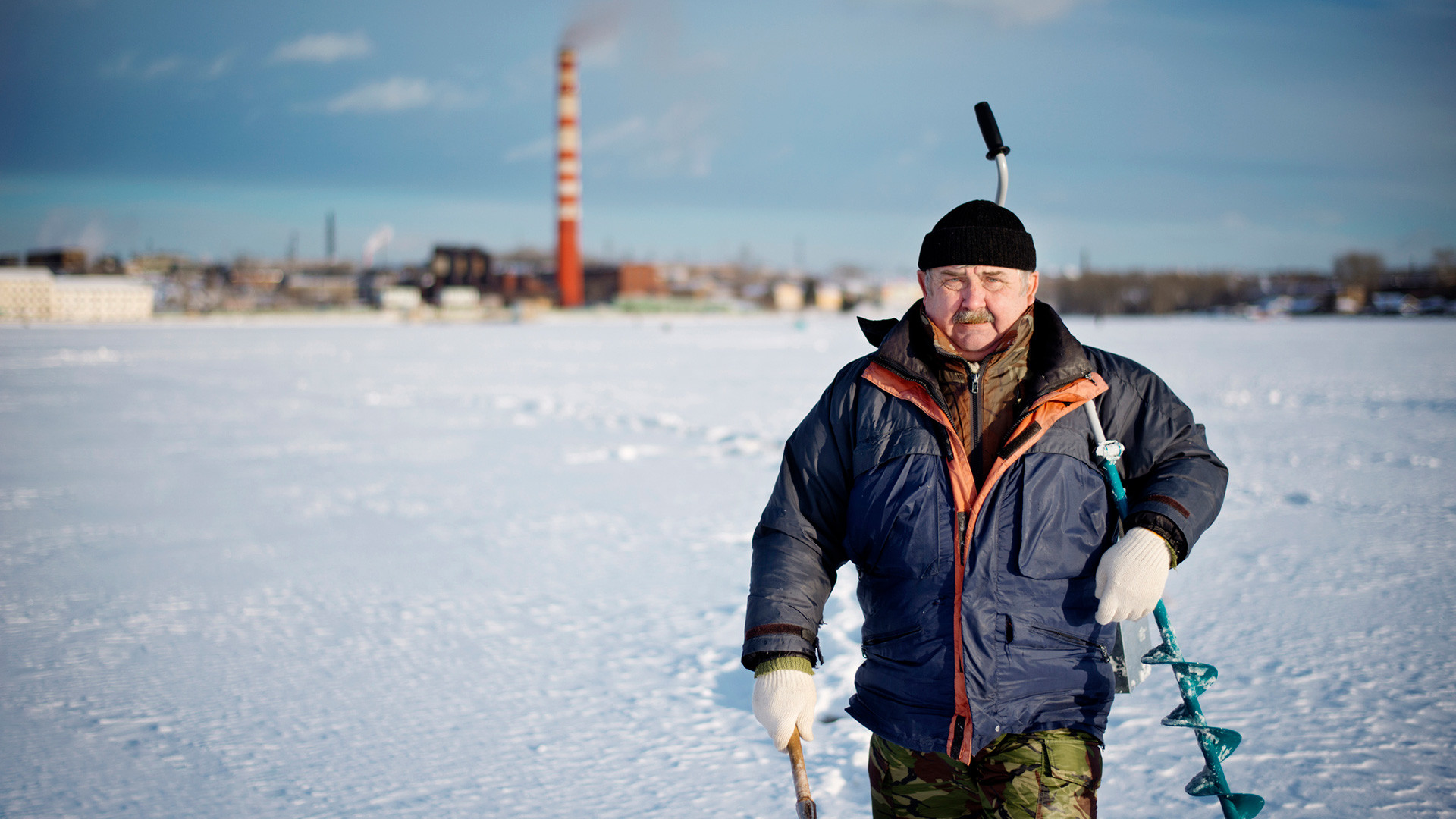
What did a ‘lomovoi’ do in Tsarist Russia?

They were dressed simply: in peasant clothes, to which they added a canvas apron and a sackcloth robe. The draymen's carts were sturdy, wide and high, so that it was convenient to load "from the shoulder". Along the edges of the cart, there were many hooks for securing the load with a rope.

Researcher Diana Loginova, in her article ‘The Professional Appearance of Cabbies in Russia in the 19th - Early 20th Century’, writes that "bulk cargo (sand, stones, debris, etc.) was transported on special carts with tilting semi-cylindrical bodies called ‘kolyamagas’ and long-journey cargo – on ‘razdvizhkas’. Drayage transport with cargo moved only at a walking pace and the driver followed alongside, holding the reins in his hands."

The horses of the draymen were a match for their owners: large heavy draft horses – tall, broad-chested and unusually strong. They were also quite expensive. Which meant Draymen could not only work for small clients. They also had to engage in snow removal, water delivery, food delivery to stores and markets, as well as construction site maintenance.





